In recent years, the metalworking industry has witnessed significant advancements, and at the forefront of this evolution are the vertical horizontal bandsaws. These machines, pivotal for various cutting tasks, have undergone substantial innovations, enhancing efficiency and precision in metal fabrication. Here’s a comprehensive look at how these advancements are shaping the industry and what the future holds for vertical horizontal bandsaws.
The introduction of cutting-edge technologies has marked a new era for vertical horizontal bandsaws. Traditionally, these machines were valued for their reliability and effectiveness in cutting metal. However, recent developments have introduced features that push the boundaries of what these machines can achieve. From improved blade technology to advanced automation systems, the latest vertical horizontal bandsaws are more capable than ever before.
One of the notable advancements in vertical horizontal bandsaws is the enhancement of precision and efficiency. Modern models are equipped with control systems that allow for more accurate cuts and faster production times. These systems feature digital displays and programmable settings, enabling operators to achieve precise dimensions and reduce waste. This level of accuracy was once unattainable but is now standard in new vertical horizontal bandsaws.
Automation has been a game-changer for many industries, and the metalworking sector is no exception. The latest vertical horizontal bandsaws come with advanced automation features that streamline the cutting process. Automated material handling systems, including conveyors and robotic arms, are now integrated into these bandsaws, allowing for unattended operation and continuous production. This advancement not only increases productivity but also reduces the likelihood of human error.
The heart of any vertical horizontal bandsaw is its blade, and recent innovations have significantly improved blade technology. High-performance blades made from advanced materials, such as carbide-tipped and bi-metal bands, are now standard in new models. These blades offer longer life spans, better heat resistance, and cutting performance, making them ideal for cutting through tough metals and alloys.
Modern vertical horizontal bandsaws offer versatility in metal cutting applications. The ability to switch between vertical and horizontal cutting modes allows operators to handle a wide range of materials and cutting tasks. Whether it’s cutting through large billets or making intricate cuts in smaller workpieces, these bandsaws provide the flexibility needed to meet diverse production demands.
Safety is a top priority in the metalworking industry, and the latest vertical horizontal bandsaws come equipped with advanced safety features. These include automatic blade guards, emergency stop buttons, and enhanced cooling systems. These innovations not only protect operators but also ensure that the bandsaws operate at performance levels.
As industries move towards more sustainable practices, vertical horizontal bandsaws have also seen improvements in energy efficiency. New models are designed to consume less power while maintaining high performance levels. Additionally, advancements in blade technology and cutting techniques have reduced waste, contributing to a smaller environmental footprint.
Another significant advancement in vertical horizontal bandsaws is the development of user-friendly interfaces. Modern machines feature intuitive control panels with touch screens, making it easier for operators to navigate settings and monitor performance. These interfaces often come with built-in tutorials and troubleshooting guides, which help users maximize the capabilities of their bandsaws.
The evolution of vertical horizontal bandsaws reflects broader trends in the manufacturing industry. As companies strive for greater efficiency, precision, and sustainability, these bandsaws are playing a crucial role in meeting these goals. Their ability to handle a variety of materials and cutting tasks makes them indispensable tools in modern manufacturing processes.



 english
english Русский
Русский Español
Español Русский
Русский
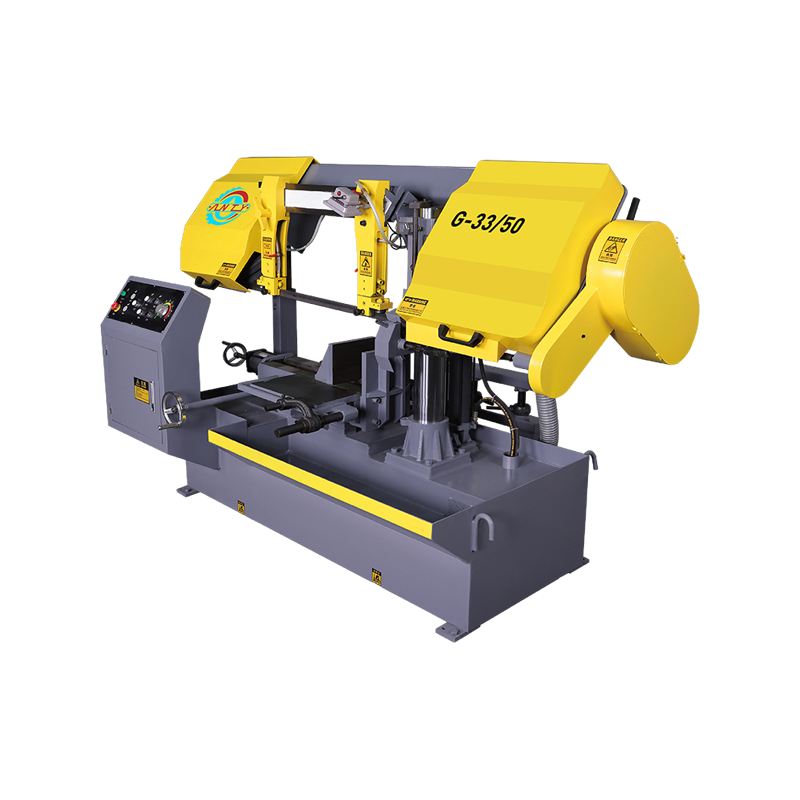
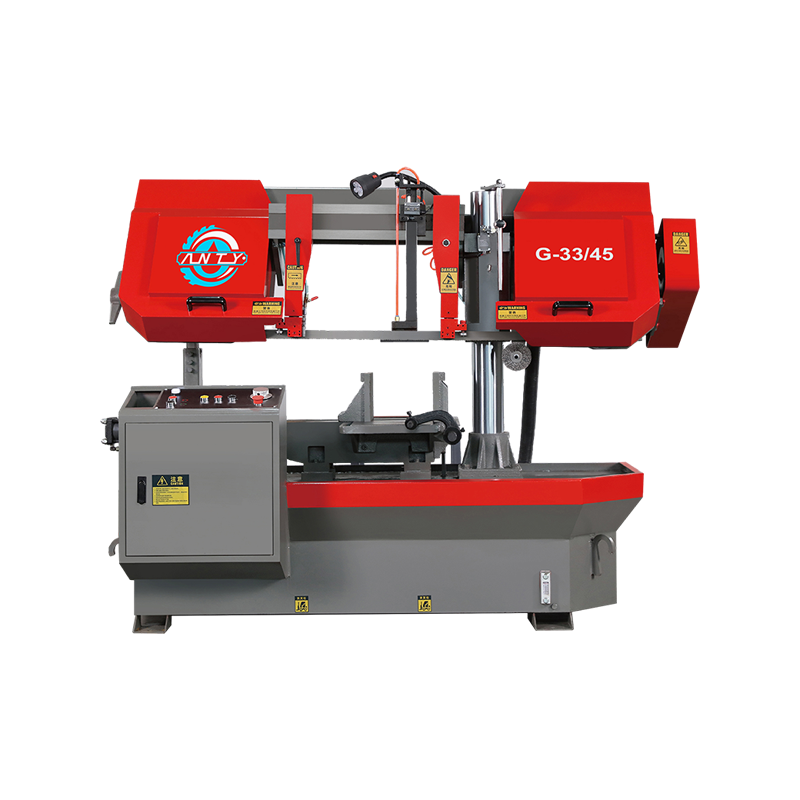
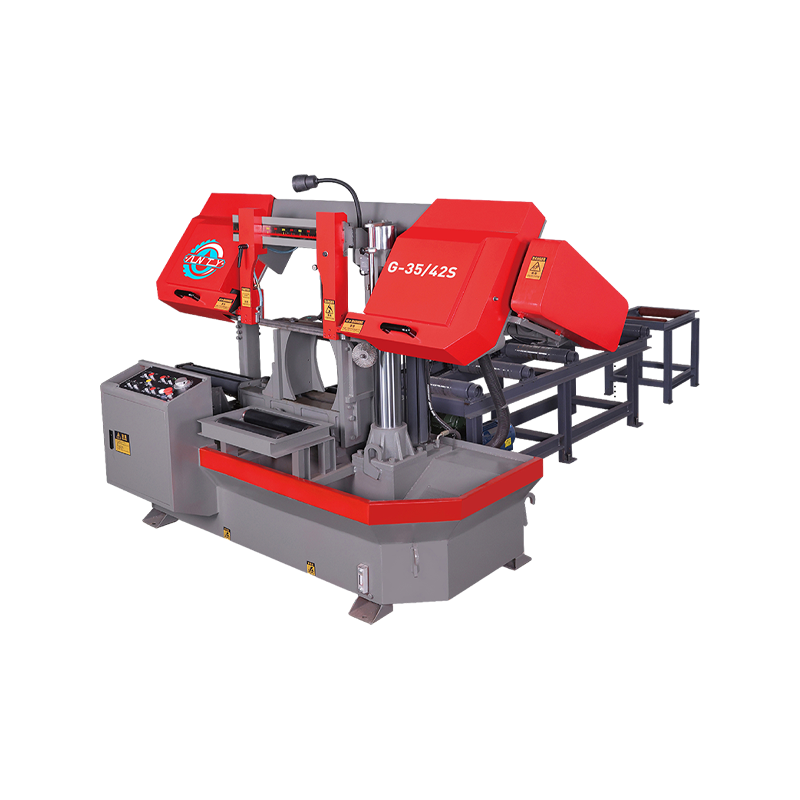
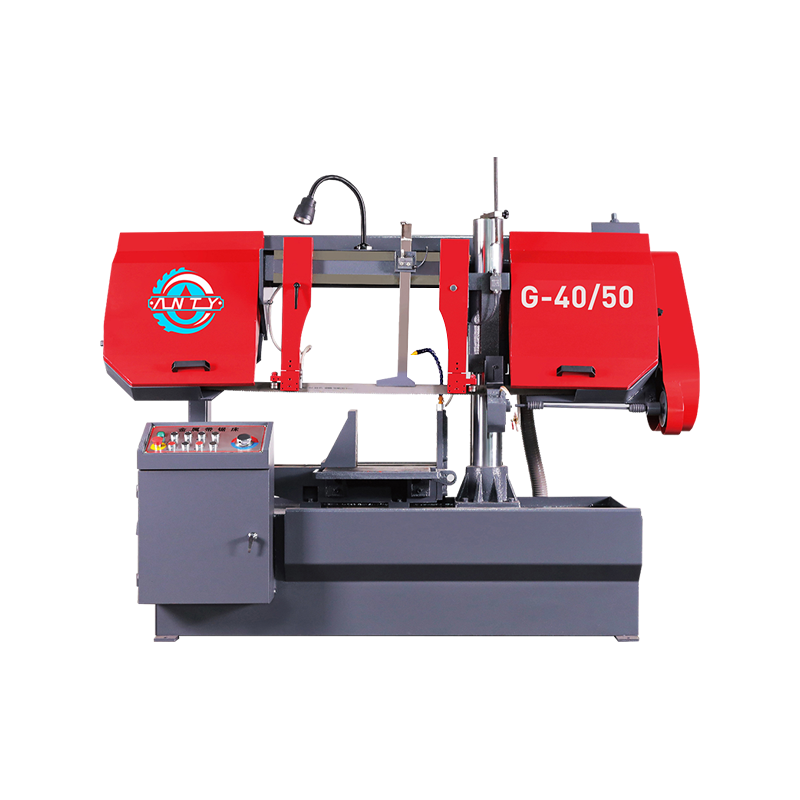
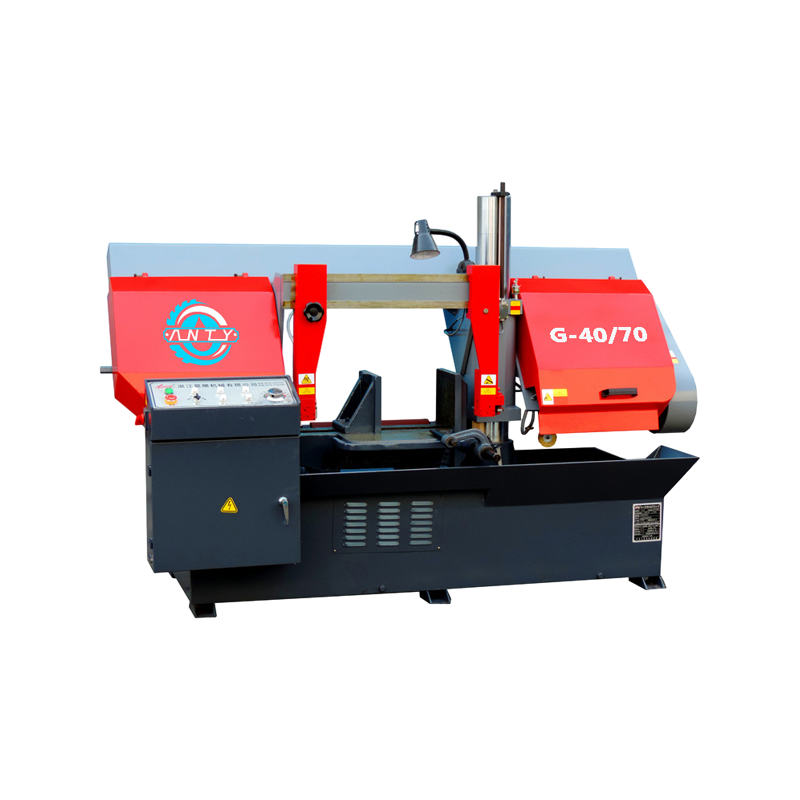
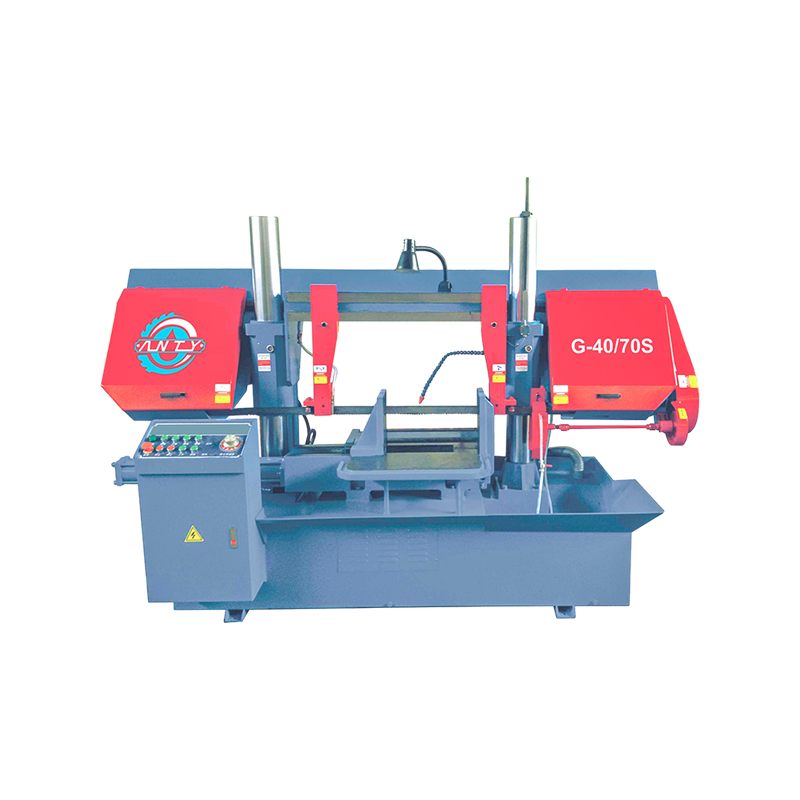
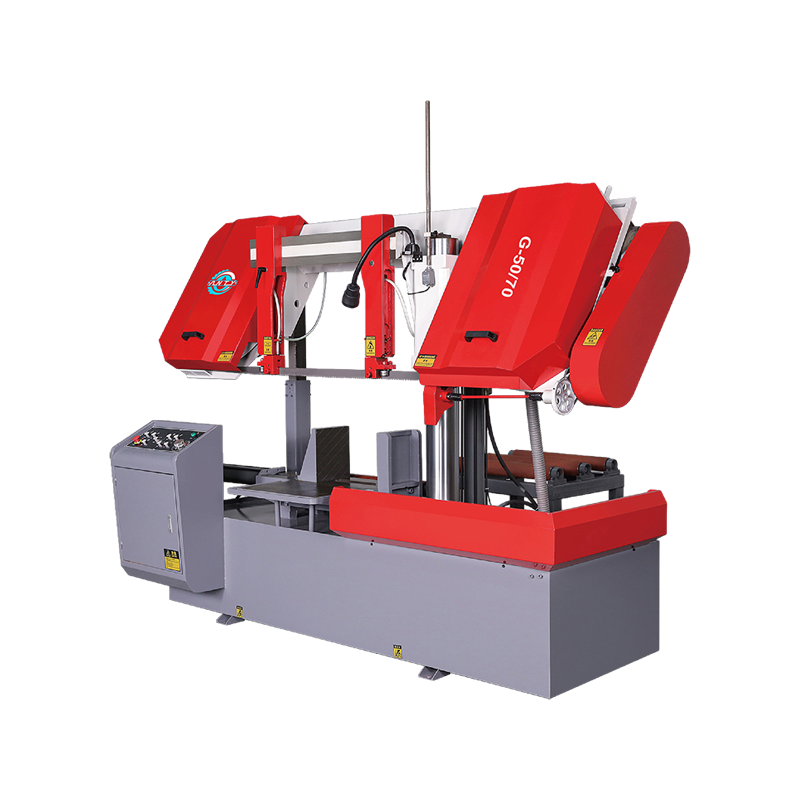
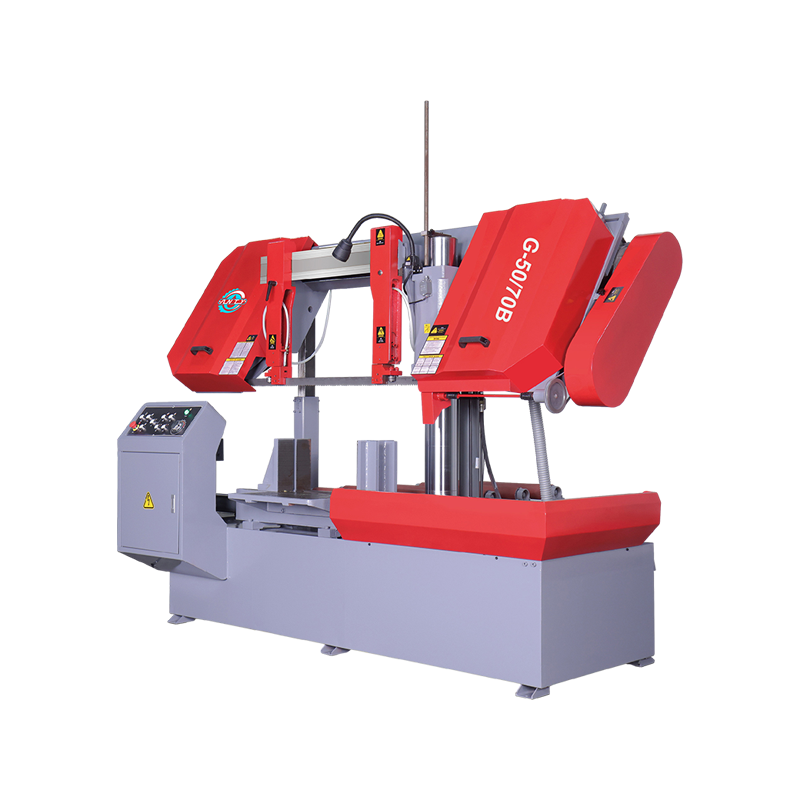
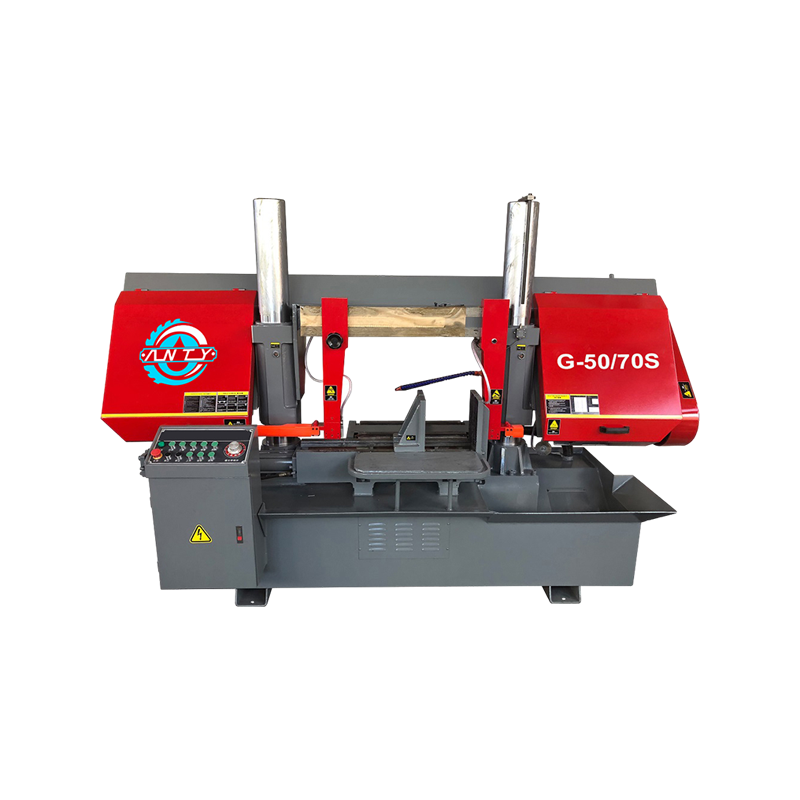
 CONTACT US
CONTACT US